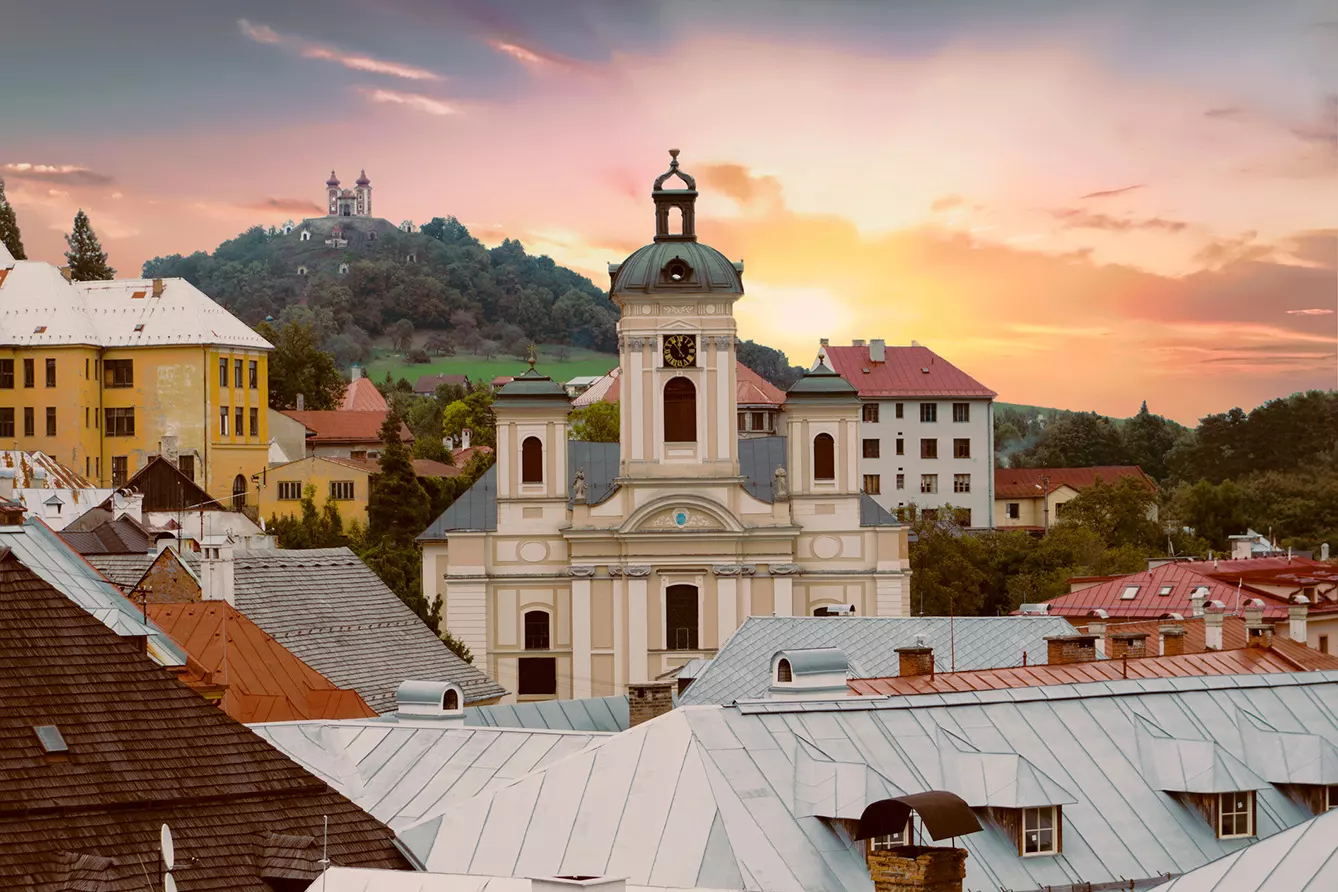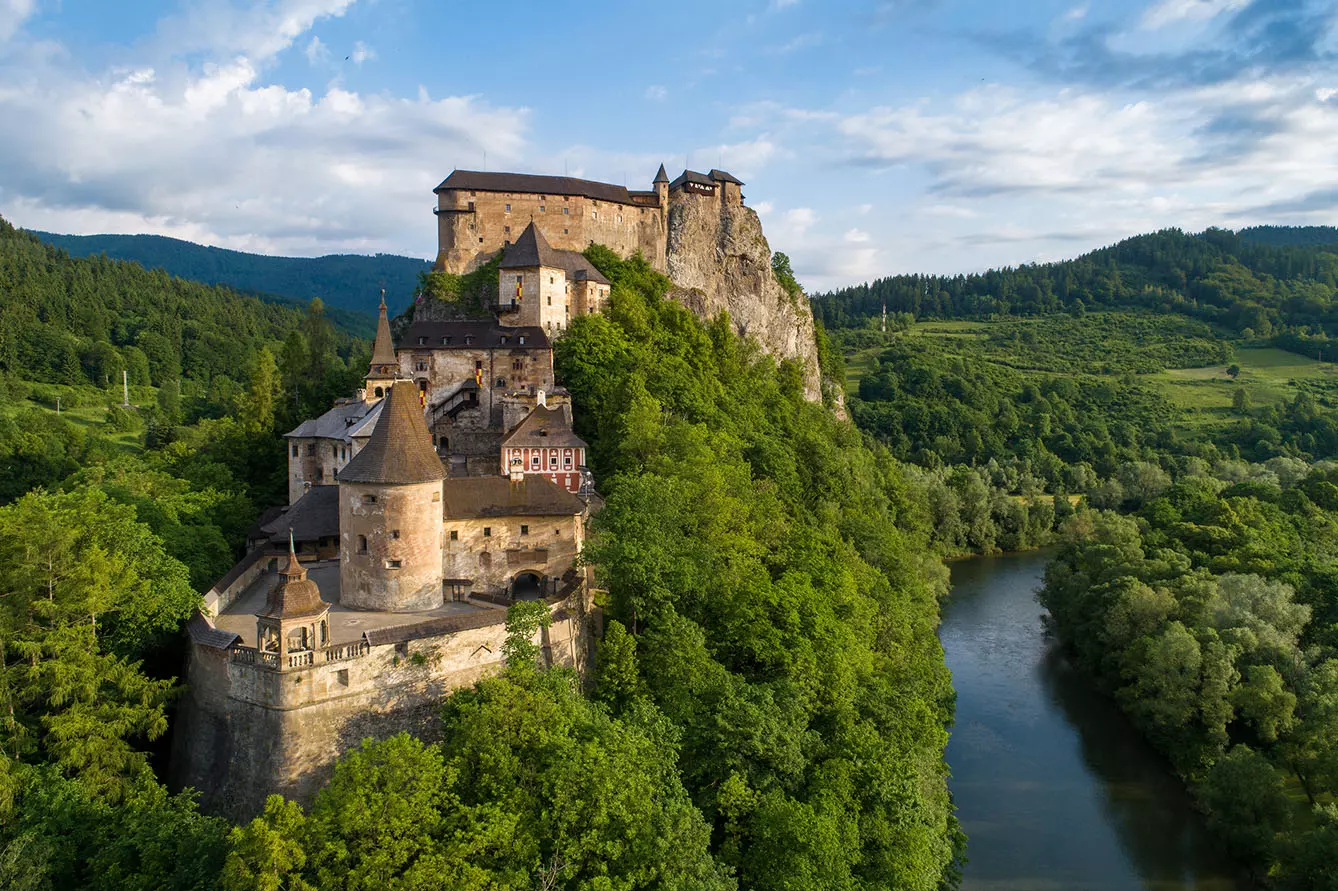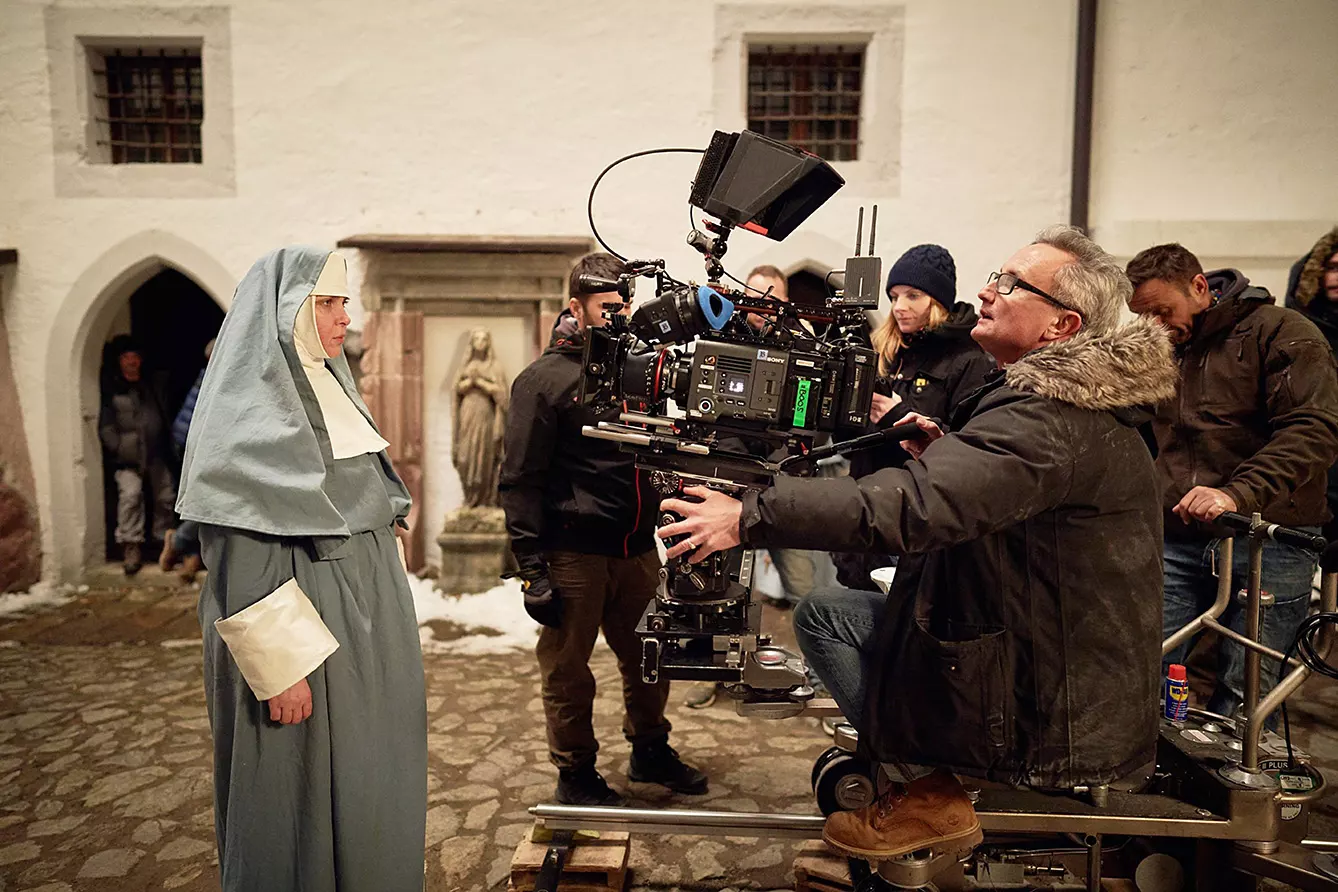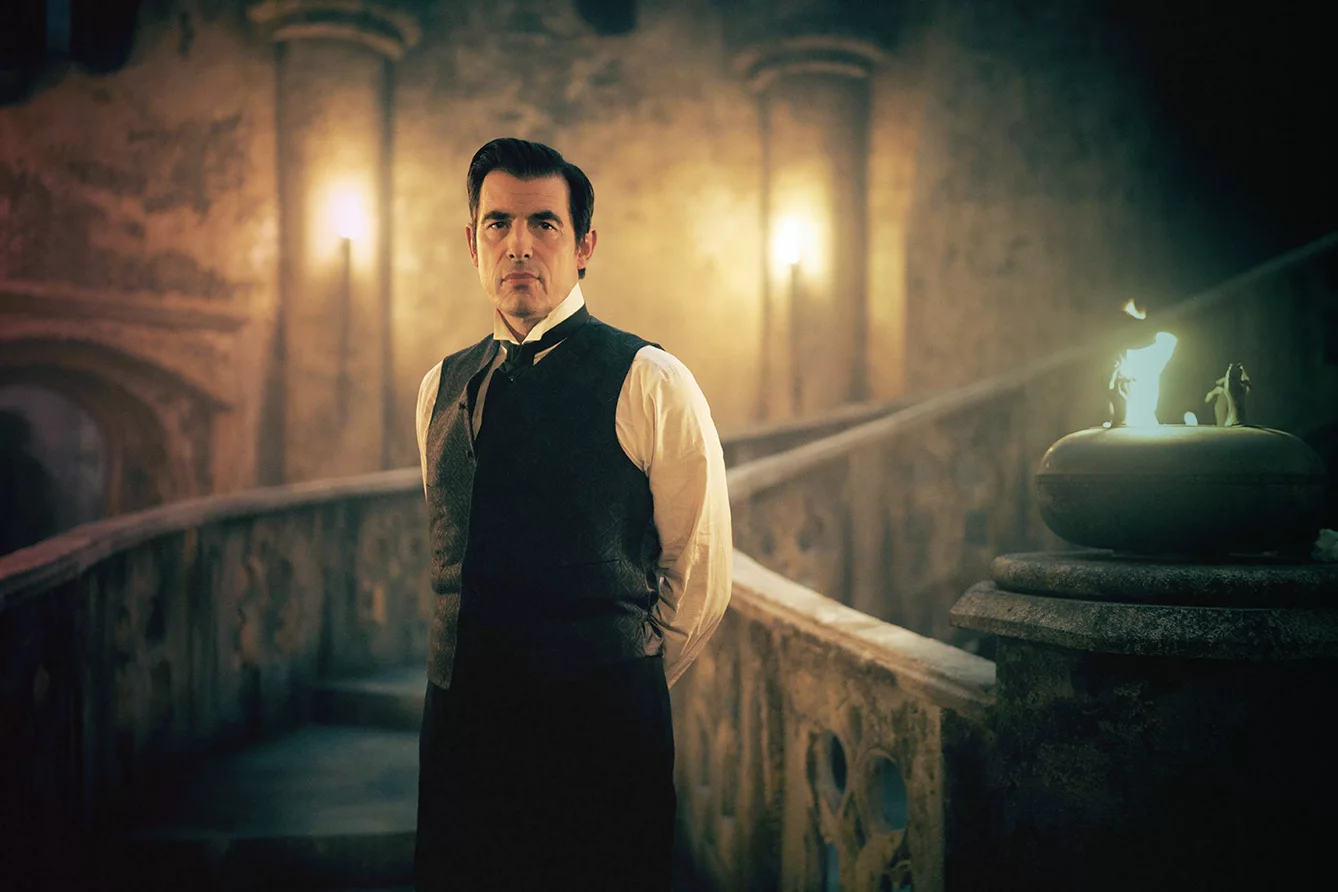Look up the “Best Vampire Movies” on IMDB, and you’ll find a vast collection of movies, including “Interview with the Vampire,” mysteriously leading the pack in first place, “Bram Stoker’s Dracula” in second place, followed by the 1922 classic “Nosferatu” in third. (*Why Bela Lugosi’s Dracula creation is only later, remains a mistery.) A recent addition is the Netflix/BBC miniseries “Dracula” by Mark Gatiss and Steven Moffat starring Claes Bang, which takes the original novel quite literally – well, at least until it totally strays.
Dracula: Transylvanian, but… Slovakian?
In any case, set expectedly in 19th century Transylvania, its depiction of Dracula’s castles and cloisters may be better than ever before. And there’s little to wonder, as British filmmakers focused their location scouting on Central Europe, where the story belongs. Although the novel mentions Romania, you’ll have to head to Slovakia to find the actual filming locations.



Some parts of the first episode happen in a women’s cloister, where real estate agent Jonathan Harker goes after escaping Dracula’s castle, and we’re meant to believe his testimony happens in a Budapest cloister cell. Not exactly. But not too far – it’s in Banská Štiavnica, a city in central Slovakia.
The ancient mining town is on the UNESCO Heritage list for its preservation of the medieval part of the town. Head there for the Old Castle (*its tower is shown in a cityscape in the series), the 16th-century castle, and its picturesque old town squares and streets. As a bonus, the city is located on a hillside with a view of Mount Sitno, which peaks at over a thousand meters high.
Oravský Hrad: more than one Dracula’s liar
What’s more breathtaking (and featured more frequently in the movie) is Dracula’s Castle. Looking at its steep walls, continuing straight from the cliff for what seems to be hundreds of meters, you can easily assume the castle is a creation of pure cinematic fantasy. At least if you don’t know Slovakia, where such phenomena are widely known.
The castle itself – equally picturesque, though less demonic – is in Orava, one rock above the eponymous river. Oravský Hrad, as it’s called in Slovakian, was built after the Mongol invasion of 1241. It stands on a 520-meter spur and has been built, rebuilt, and refined over the centuries, resulting in its current, gothic (in both meanings of the word) shape.
However, it’s quite possible that this is not the first time the impressive Oravský Hrad has stoked your pop-fantasy fires, as it also inspired, for instance, “The Witcher” videogame creators. Not to mention that it has already been claimed as a vampire’s liar – when Count Orlok of 1922’s “Nosferatu” inhabited it. The vampire a century ago couldn’t bear the name Dracula because of a copyright violation, but what we love in vampires is that they can change over time but remain eternal, right?







